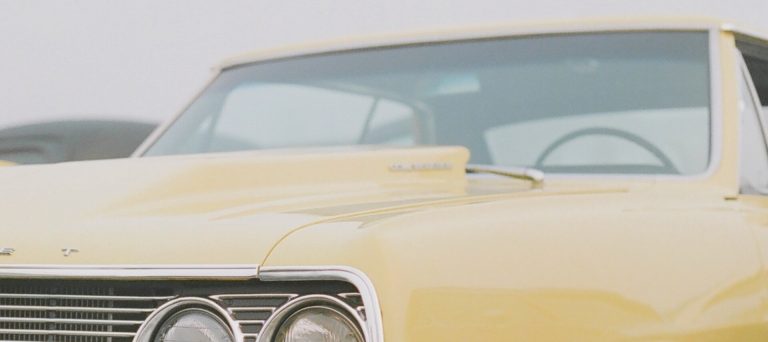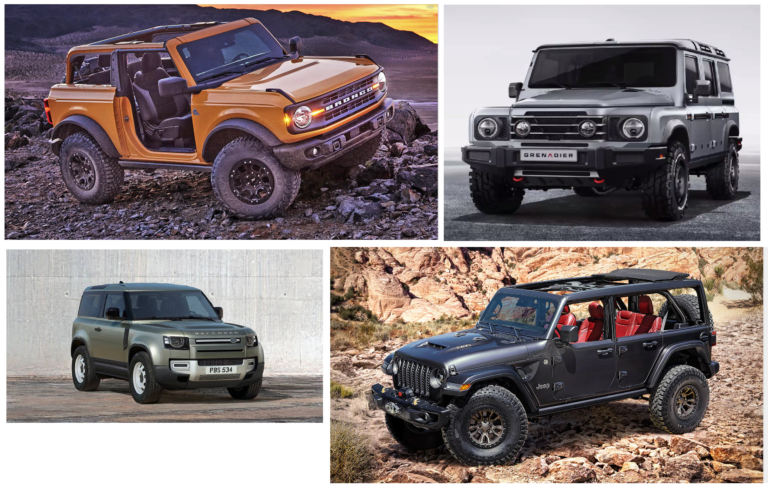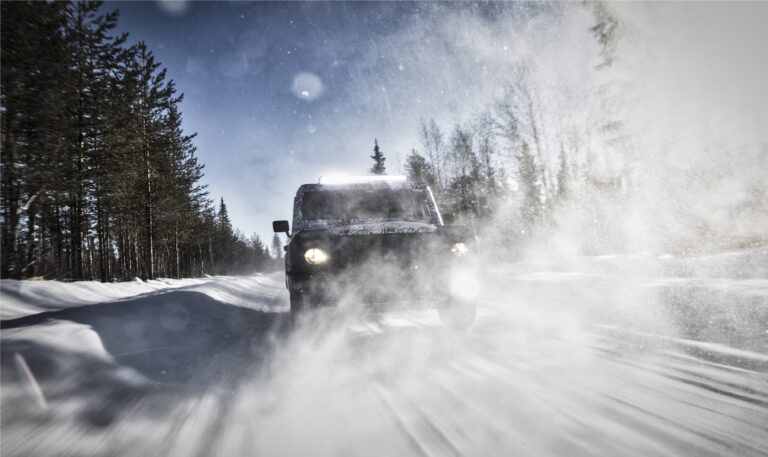Hello Baraza,
I’m looking forward to owning my first car. I don’t know much about cars but I have always admired the Premio and Toyota Rush. Kindly advise me between the two which is better for a first-time car owner and why.
Winnie
Hello Winnie,
An odd selection you have here. These two cars occupy different niches. I will not say which is better or which you should buy; that you will decide yourself. However, I will tell you about each car’s unique idiosyncrasies that might enable you to make a choice.
The Rush is a tiny little wannabe. It really is minuscule – inside and out. It is not exactly pretty, it is buzzy and revvy at speed owing to its short gearing, it is adversely affected by crosswinds and the small 1.5 litre engine does struggle a bit at a rather noisy, wide open throttle.
The Premio, on the other hand, is roomy by comparison and will seat five without too much compromise. It has a much smoother engine, making it a comfortable cruiser (comparatively). The saloon car profile and stellar build quality means noise, vibration and harshness (NVH) containment is impressive.
It is available with three engines: a 1.5, a 1.8 and a 2.0, the last of which could easily make short work of all but the most demanding of driving tasks.
There are caveats to the Premio. For starters, they are overpriced: they cost as much as BMWs in the used car market, while they are not exactly at BMW level of premium niceness. Blame the “Toyotarisation” of the Kenyan motoring public.
That high price tag notwithstanding, there’s a whole lot of them trundling about, which presents its own set of problems. You will never stand out anywhere, you will look like a taxi or Uber contractor, and sundry accessories such as side mirrors will be stolen off you on a regular basis, if not the vehicle itself.
Parking a car with a large-ish rump like such a saloon also calls for a bit of practice, now that you say you are a first timer. You need to understand your car’s dimensions intimately to avoid scrapes and dents.
The Rush, being such an oddball, is quite cheap, both by comparison and for what it is. There are a number of them around but their population density is not such that you are likely to find two of them parked next to each other.
Its compact dimensions and large glasshouse makes all-round visibility damn near excellent and the lack of a dedicated sedan trunk means parking it is very easy without external assistance.
The Rush has the bonus of its goat-like go-anywhere ability. It might be a wannabe, but it is a capable little wannabe. Its off-road mettle is almost at par with that of the big boys owing to its 4WD, high ground clearance, short wheelbase and nonexistent overhangs. Rhino Charge on a budget, you might call it, but only up to a point – a point you are unlikely to reach or discover.
Hi,
I respect your vast knowledge of cars, that’s why I need your expert advice. I am thinking of buying a car, preferably a Toyota Passo because that’s what I can afford. But the problem is that it seems so small, especially the tyres, yet I live in rough terrain. So I am thinking of either the Passo or Nissan Note. Regarding performance and consumption, which one would you advise me to buy? Also, is it safe to modify the Passo and put bigger tyres? And finally, what is the carrying capacity of each car?
Tony
Funny question, this one. How big a difference is there between a Passo and a Note in size terms? Not that big, right? That means both consumption and performance (Why?) will be exactly as you expect them to be: easy on the pocket and of very low quality respectively.
Bigger tyres might make the car develop weird driving characteristics and possibly affect the accuracy of the speedometer, the odometer and ABS calibration, but this is only marginal at worst, and it only applies if the change in size is dramatic. The carrying capacity is also not a talking point, though I’ll admit the Note does seem superior at first glance.
I have a question of my own: why are you limiting yourself to just those two? Look wider and ignore the registration because this reeks of another plate-buying bent: you want a car with as recent a number plate as possible for the financial outlay at hand rather than a car that can serve your exact needs, hence your admission that you can afford only a Passo.
How about a used Rush? It will cover rough terrain painlessly and it has a bigger carrying capacity compared to the two midgets you are considering. It is not exactly thirsty either, but forget about performance whenever you are discussing such vehicles; you don’t want to go fast in them anyway.
Hi Baraza,
Once again, awesome job you are doing with your articles. For both motorist and non-motorists alike, you’ve become the go-to guy when it comes to everything vehicular! I am not resident in Kenya, so I follow your column religiously online.
Now to my query: I have been driving a Mitsubishi Outlander since 2005, the same year I bought it new. It has served me well and I still adore the old girl. However, it has developed a peculiar habit of late.
Every time I brake, the steering wheel starts shaking furiously, a feeling that I also acutely feel being transmitted through the brake pedal pulsating (for lack of a better word) with almost the same intensity as the steering wheel.
I’m seeking your opinion on the possible cause and remedy so that when I take it for repair, I don’t come across as a clueless idiot ready to be taken advantage of by the mechanic.
Greetings, Dweller of the Diaspora,
I am glad that my scribbling is not only available, but also both accessible and accessed in foreign lands. It is my honour to be of service.
Your problem is fairly straightforward: you have a serious case of warped brake discs. There are two cures for this:
- Skim the discs, but this does not always work and in some cases it weakens the disc and might lead to fracturing at some point down the road.
- Replace the discs. This might be costly, but it is guaranteed to solve your problem permanently.
Keep reading this column and I will keep writing it….
Hi Baro,
I recently bought a 2008 BP5 Subaru Legacy 2.0 (naturally aspirated, not turbo).
- What is the rated BHP and MPG (city driving) for these cars? I checked online and got different answers.
- The people at the centre I took it to for alignment insist that they have to adjust the caster and camber whereas my mechanic tells me, “Hakuna kitu kama hiyo. Hizi gari hazina camber (There’s nothing like that. These cars don’t have cambers).” Who is taking me for a ride here?
- My windows make a horrendous screeching sound when opened. My mechanic says I need to replace the “rubbers” (which I gather are the black things that would prevent water/dust from getting into my window winding mechanism) to sort this out. Where can I have this sorted out properly.
- My car has “eaten” the front mud guards (Is that what they are called? The plastic underside things that prevent dirt, water, and mud from getting to the engine). Where can I have them replaced properly?
- Finally, what can I do to get more perfomance out of the engine (short of installing a blower)?
Great stuff you’re doing educating us, novices.
Nyaga
Hello Karo (I can call you that, right?)
- The reason you are getting varied answers is because the answers are varied. If we are to be pedantic, there is no definite answer to these two questions because, as I have explained here so many times, fuel economy figures are never constant, and neither are the factors that affect them. The engine output also varies, depending on altitude and fuel grade.
The higher you go, the cooler it becomes, we were told in primary school geography but the higher you go, the thinner the air is also. Naturally aspirated engines work best at sea level; at high altitude they begin to slowly suffocate. High octane fuel also means a much lower knock count, enabling the ECU to run the engine with marginally higher ignition timing.
If you want to know the exact outputs of your vehicle (in particular), for the power you will have to put the car on a dynamometer, aka a rolling road, colloquially known as a “dyno”. For the economy test, I will say it one more time: fill your tank to the brim, activate your trip computer, drive around for some time then refill your tank. Note the litres taken during the refill and the reading on the trip computer. Do the maths from there.
- Your mechanic is a charlatan. He either cannot express himself accurately (by using wrong terminology) or he does not know much about suspension systems. Either way he is lying.
- Quite a character this Mr Mech is, ey? Do this: step outside your car, wind the window up and down and observe the gapping between the rubber seals and the glass pane. Also try and observe where the noise is coming from. The seals are not guilty, right?
As I write this I have just returned from my electrician who was fixing a similar problem on my car (also a Subaru Legacy).
Now, my mech alleges that this is a common problem with Subarus, and a joint troubleshooting session revealed that the winder motors and the joints on the mechanism that supports the glass pane needed lubrication to kill that screech.
Besides irritation, the unoiled joints/motor create a lot of resistance and strain on the entire assembly, which then sets it up for failure, which is exactly what had happened to me. the main switch was not working properly and the driver’s window stayed firmly embedded within the door and wouldn’t rise. Oiling this assembly can either be a DIY job if you fancy yourself a bit of a grease monkey and deft with a wrench, or you could drive into the nearest garage and pay a pittance to watch your door upholstery being mercilessly ripped apart by a man you have only just met. Garage days make for nerve-wracking circumstances, I tell you.
- That plastic shroud is called a stone guard. Mud guards are the little flaps that dangle off the body work behind the tyres. Like the lubrication needs above, these can be sourced almost anywhere.
- There are some small mods you can do to eke a tad more oomph out of your horizontally opposed mill. The simplest and cheapest is advancing the timing, but once you do this, you will need to run on trustworthy fuel, preferably that with a high octane rating. You could also run mad and run the car on kerosene with the timing set at maximum. This will work briefly before your motor grenades itself. Also, try not to advance the timing too much. Another mod is chipping the car, that is, either reprogramming the ECU or installing an aftermarket unit.
You could also go for hardware changes like changing the exhaust system (ports, headers, downpipes, throughpipes, decatting, etc); polishing or replacing the induction ports (this works especially well when coupled with a cold air intake or a cone air filter element) and replacing some internals such as pistons, con-rods and crankshaft for much stronger, lighter ones (titanium comes to mind).
They improve the engine response, making it rev much easier and faster as well as allow the internals to withstand the much higher combustion pressures that are attendant to bumping up the power output of your engine.
At this point, you will be straying into costly territory and might be on the throes of building a Stage 2 Plus car; one step removed from a full-on Stage 3 car.




